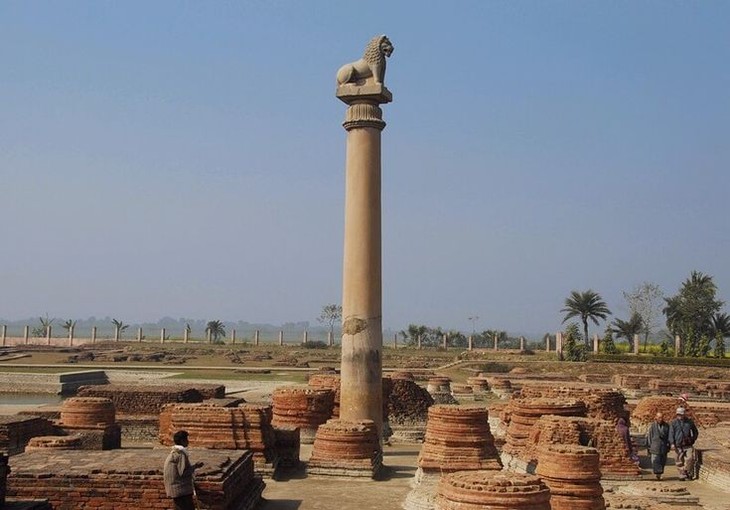 |
| 1. The Asoka Pillars are over 2,300 years old. The Asoka Pillars were erected in the 3rd century BC under King Asoka – the powerful emperor of the Maurya dynasty – to record royal decrees and spread Buddhism. Photo: Pinterest. |
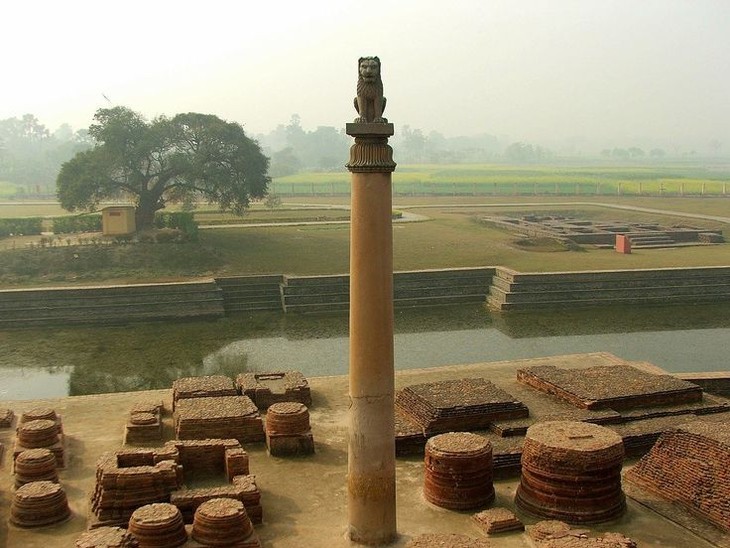 |
| 2. There are about 40 stone pillars erected throughout India. Most of the Asoka stone pillars were erected near Buddhist centers or places of important political and religious significance at that time. Photo: Pinterest. |
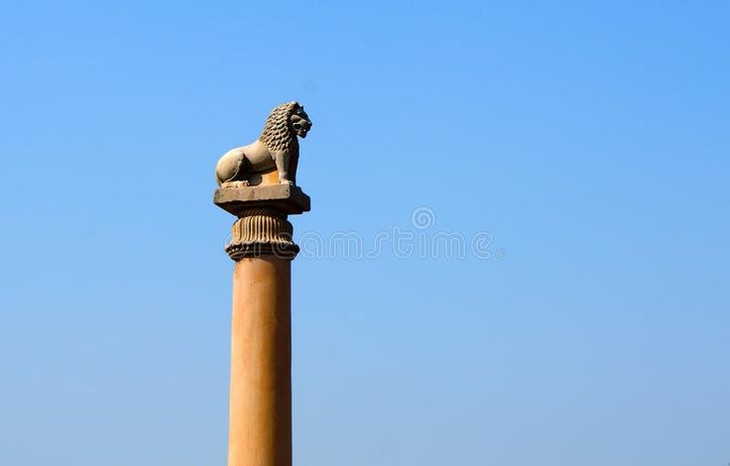 |
| 3. Made from a single block of sandstone. Each Asoka pillar is carved from a single block of sandstone, with an average height of 12–15 meters and weighing up to several dozen tons – an ancient engineering feat. Photo: Pinterest. |
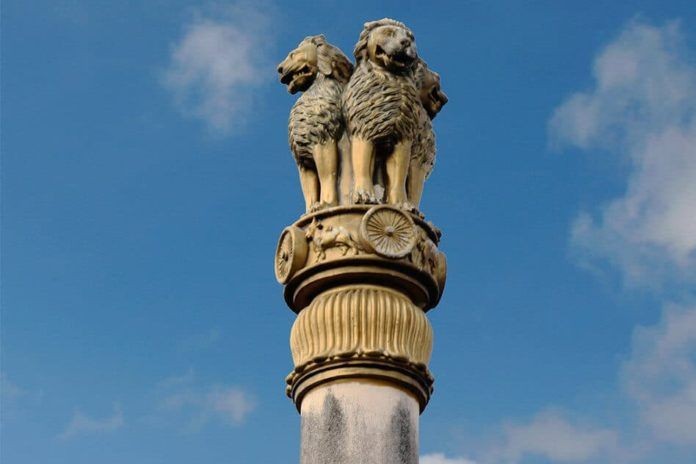 |
| 4. The top of the column is often carved with a lion. The image of a lion – a symbol of power and Buddhism – is often carved on the top of the column, the most famous being the “Sarnath Lion Statue” which is now the national emblem of modern India. Photo: Pinterest. |
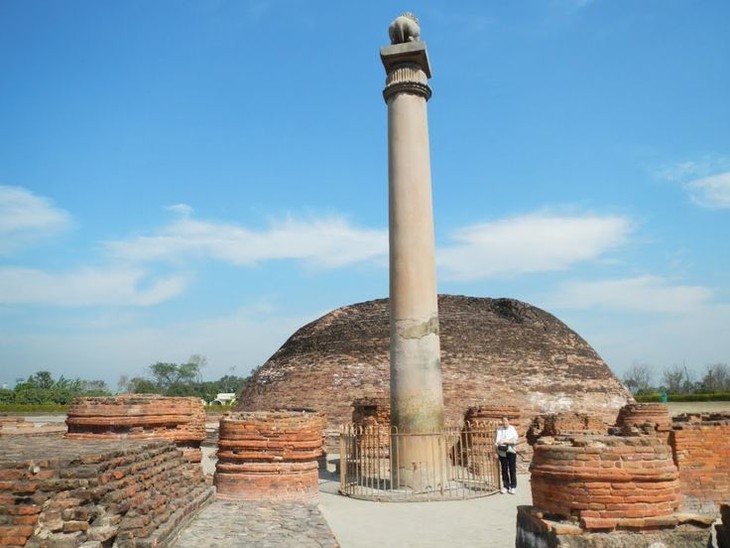 |
| 5. The pillars are engraved with the edicts of King Asoka. These edicts often revolve around morality, tolerance, compassion, animal protection and encouraging a lifestyle according to Buddhist teachings. Photo: Pinterest. |
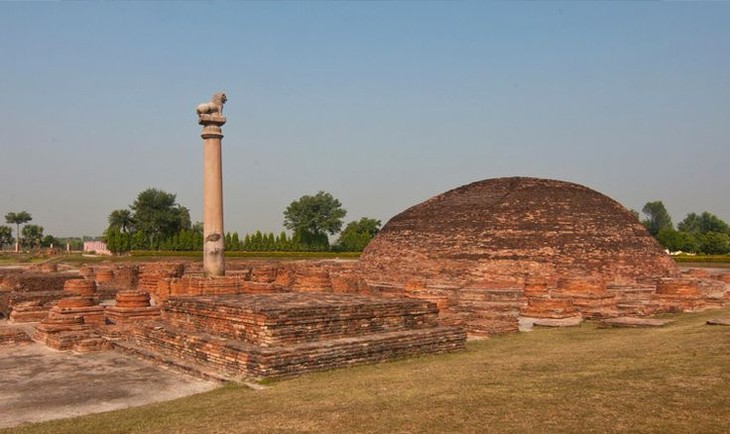 |
| 6. Using ancient Brahmi script to engrave text. Most of the edicts on the pillars were inscribed in Brahmi – the ancient Indian writing system – marking an important development in the history of language and administration. Photo: Pinterest. |
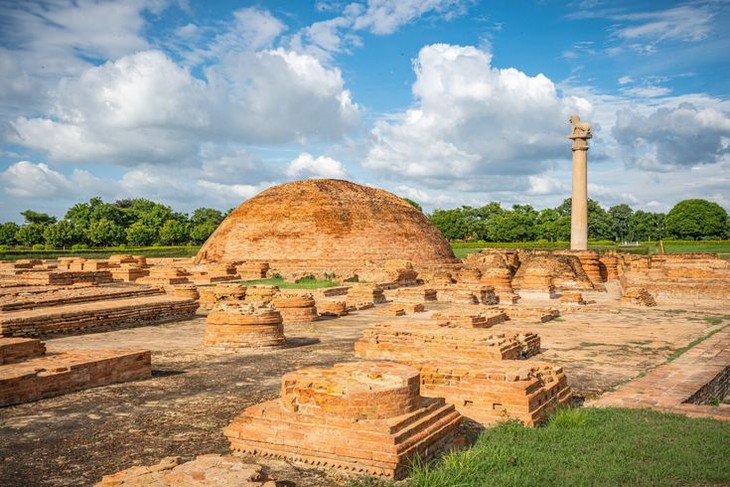 |
| 7. Some of the stone pillars are still intact today. Despite being over two millennia old, many Asoka stone pillars still stand, retaining their original inscriptions and carvings – a testament to the ancients’ excellent craftsmanship and preservation skills. Photo: Pinterest. |
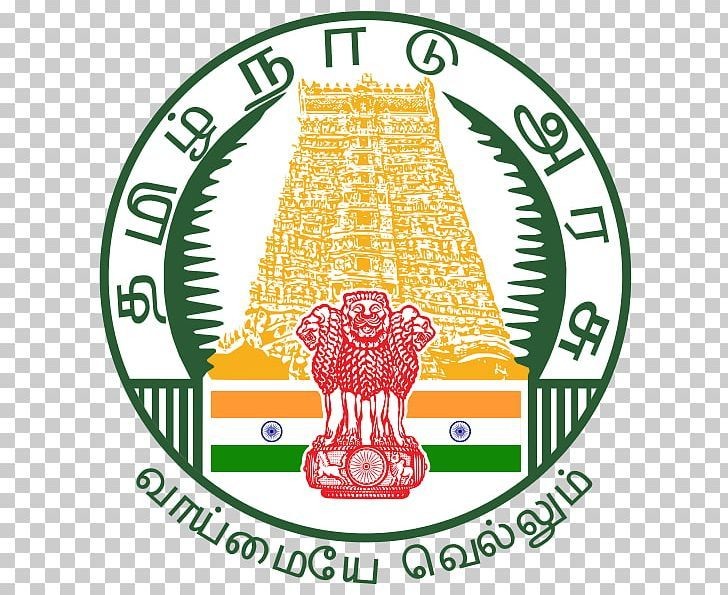 |
| 8. It is the national symbol of modern India. The four-headed lion symbol on the Sarnath pillar was chosen as the national emblem of the Republic of India after independence – emphasizing the continuity of culture and national spirit. Photo: Pinterest. |
Dear readers, please watch more videos: 9 Mysterious and Terrifying Mysteries of Ancient Egypt That Scientists Cannot Explain
Source: https://khoahocdoisong.vn/cot-da-nghin-tuoi-van-nguyen-ven-kho-tin-khoa-hoc-nga-mu-than-phuc-post268114.html






![[Photo] Bustling construction at key national traffic construction sites](https://vphoto.vietnam.vn/thumb/1200x675/vietnam/resource/IMAGE/2025/5/2/a99d56a8d6774aeab19bfccd372dc3e9)



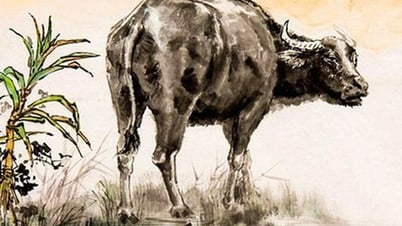













![[Photo] Binh Thuan organizes many special festivals on the occasion of April 30 and May 1](https://vphoto.vietnam.vn/thumb/1200x675/vietnam/resource/IMAGE/2025/5/1/5180af1d979642468ef6a3a9755d8d51)
![[Photo] "Lovely" moments on the 30/4 holiday](https://vphoto.vietnam.vn/thumb/1200x675/vietnam/resource/IMAGE/2025/5/1/26d5d698f36b498287397db9e2f9d16c)



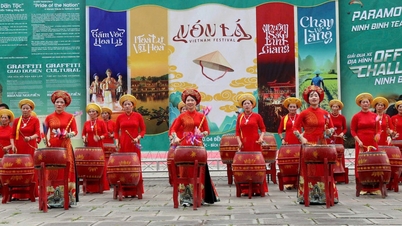







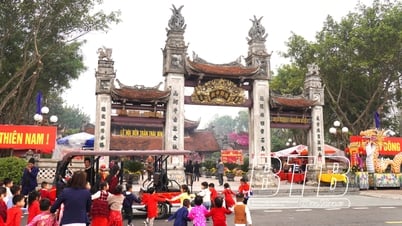



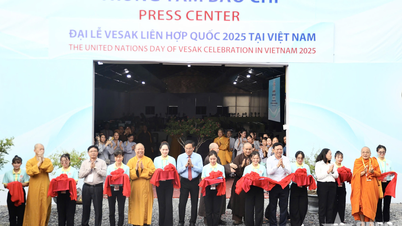

















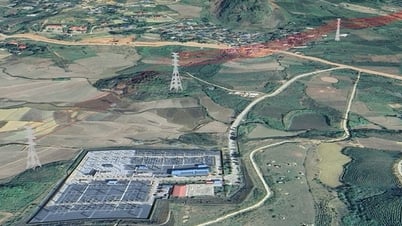


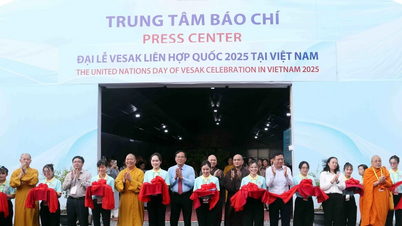



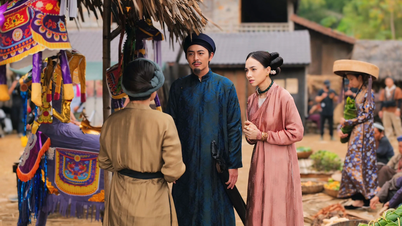

























Comment (0)